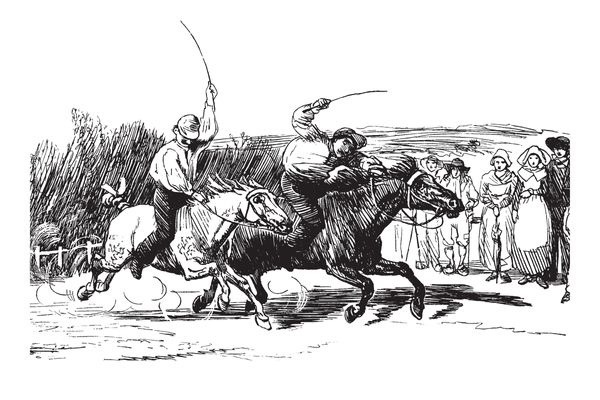Some people believe in incremental change, the 1% better every day or kaizen approach, while others rave about going all in, pushing hard, or killing it.
There are pros and cons to both strategies.
Since I tend to procrastinate and overthink everything, for some time now, I have been in the kaizen/habit-building camp.
And for a good reason. Habits require very little mental effort to be performed and amount to 41% of what we do daily.
That’s pretty impressive to me!
Of course, there’s the initial effort to build habits, but that’s for another story.
Slow and steady.
Consistent, albeit small, actions create the compounding effect and have the power to change the trajectory of our lives.
The bar is usually set pretty low, thus lowering our inner resistance to perform the task.
It’s a way of diluting the medicine in copious amounts of water.
It works great if you are very averse to something initially.
Kind of like slow exposure to an unwanted element or treating phobias.
However, you are unlikely to see massive progress in this scenario.
Are you cutting two cookies out of your diet? You won’t go one size down any time soon (but you can over a more extended time).
Learning two new words in a foreign language? You won’t have an exciting conversation next month (but you could have an extra 730 new words to play with a year later).
The good thing about this approach is that it is totally sustainable but not very sexy.
Fast and furious.
In today’s world, we want fast and impressive results and transformational challenges.
You can call them personal sprints or bursts.
The idea is that for a short amount of time (you decide how much time you assign to a project: a week, six weeks, or six months) you put everything else aside and focus on your one chosen goal.
That way, you can often enjoy fast progress that further boosts your motivation.
The downside of this approach? It’s not very sustainable over a longer period of time.
Another downside? It’s easy to overdo something, and it can eventually backfire.
You know the scenario: you want to get back in shape, get your new running shoes and a gym membership. Since you’re serious about your goal this time, you work really hard without giving yourself much time to recover.
If you set a time for the challenge, you may get to the finish line, but your brain will remember the struggle all too well and try to compensate for it.
That’s often the case with many crash diets and “speak Spanish in 30 days” courses.
When to use sails, and when to use oars.
So, what is the best way to tackle your goals?
As with most things in life — it depends.
If you feel a lot of resistance towards a goal (you want to see results but hate the idea of work), try priming yourself first with some low-intensity, kaizen approach.
If you’re very unfit, you may want to start gently and familiarise yourself with the idea of exercising more until you feel a bit stronger.
When you do — you can go for a short sprint to see more progress. Then try to form a habit around exercise to maintain what you’ve achieved.
If you happen to have a lot of motivation — and the right circumstances — you can start with a sprint.
Say you have two weeks in a cabin by the lake to write your novel day and night. Go for it!
But also invest in creating a small habit around daily writing.
Setting your minimum non-negotiable work great — say, writing for at least 15 minutes a day.
The idea is to put your goal in a ‚maintenance’ or ‚drip’ mode until you can afford another burs/sprint.
Sustainability is the key.
Life isn’t black and white, and the best idea is to stay agile and flexible with our goals.
Sprints are short, even if not always sweet, with a clear finish line in sight.
They also tend to be more deliberate.
Habits and incremental change don’t require a massive effort but are more like a Sunday stroll in the park.
It takes some practice to gauge how much time and effort you want to invest at any given time.
Sometimes the stars align, and you catch the wind and can sail with great speed; other times, the water’s flat like a table, and you need to paddle a bit to keep you moving forward.
Each approach has its strengths and weaknesses and works best when used interchangeably.


